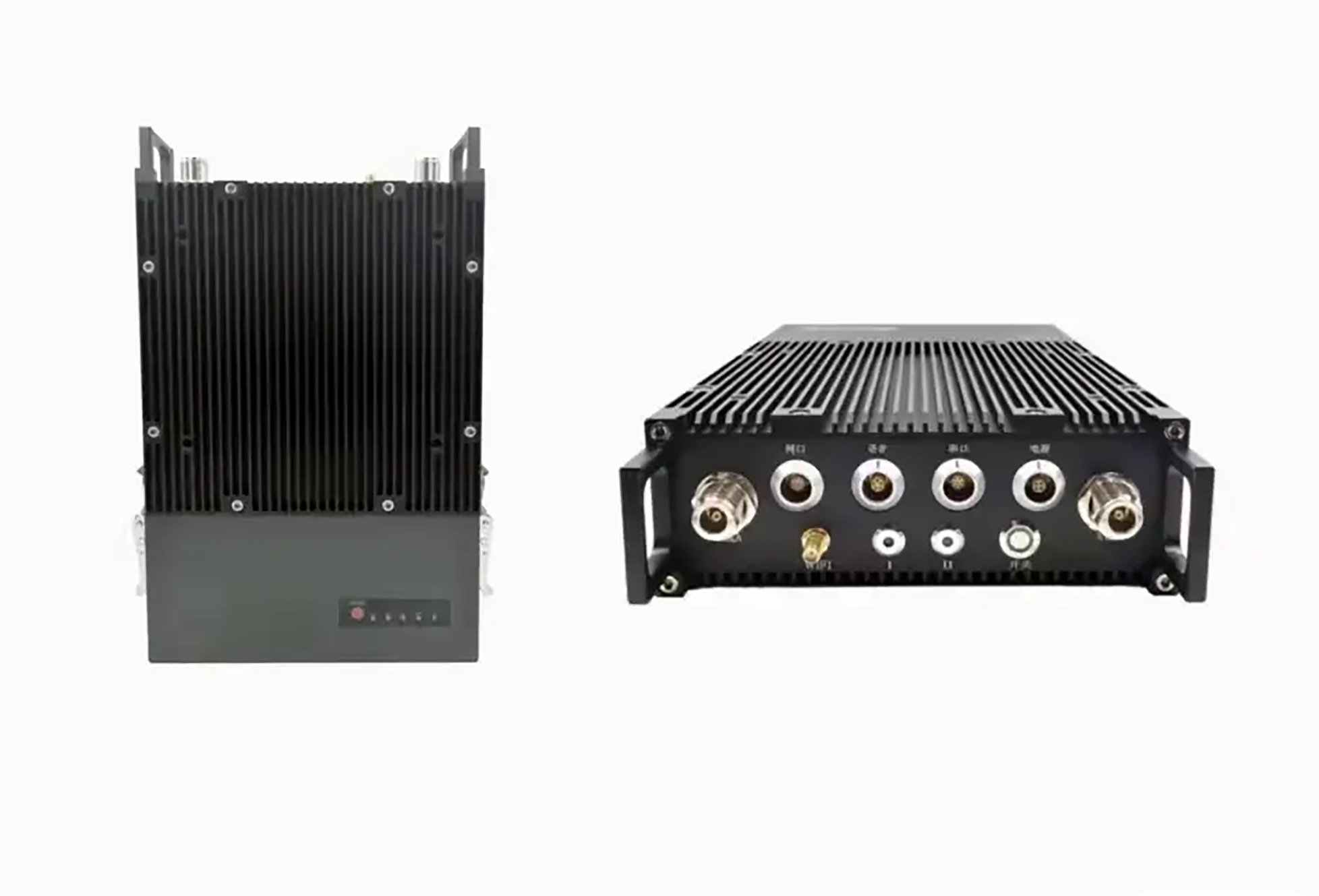In the design of wireless communication devices, heat dissipation has always been a critical concern. As device integration and power levels increase, the heat dissipation requirements become even more demanding. Cooling fans have become a common solution to address the heat generated during operation. However, fans can produce electromagnetic interference (EMI) while operating, which can negatively impact device performance and stability. EMI can cause malfunctions, increase error rates, and disrupt signal transmission, thereby reducing communication quality. Therefore, minimizing the EMI generated by cooling fans is a key challenge for manufacturers of wireless communication devices.

Sources of Electromagnetic Interference
The primary sources of EMI in cooling fans for wireless communication devices come from the fan's internal motor and circuitry. When the motor operates, the current passing through the coils generates an electromagnetic field, which may interact with nearby electronic devices, causing interference. Additionally, high-frequency signals in the circuitry can produce electromagnetic radiation, further affecting device performance. This EMI can result in reduced performance, higher error rates, and instability in signal transmission. Thus, reducing EMI is essential to ensuring smooth device operation.
How to Reduce EMI from Wireless Communication Cooling Fans
To effectively reduce EMI from cooling fans in wireless communication devices, improvements can be made in several areas: design optimization, manufacturing processes, material selection, and more.
1. Optimize Motor Design
Motor design is crucial in minimizing EMI. By optimizing the motor design, the electromagnetic interference can be significantly reduced. Key optimization strategies include:
- Optimize Magnetic Circuit Structure: Improving the magnetic circuit design within the motor can effectively reduce electromagnetic wave interference. Optimizing the magnetic field distribution reduces the intensity of electromagnetic radiation, minimizing its impact on the surrounding environment.
- Reduce Coil Resistance: Higher resistance in the coils generates stronger EMI as current flows through them. Using low-resistance coil materials can reduce the electromagnetic interference.
- Minimize Motor Vibration: High-speed motors often produce mechanical vibrations, which not only affect fan performance but also generate additional noise and EMI. By employing high-precision motor manufacturing processes and precise bearings, motor vibrations can be minimized, thus reducing EMI.
2. Improve Manufacturing Precision
Manufacturing precision directly impacts the quality of motor and fan operation. Controlling precision during the manufacturing process is critical in reducing EMI:
- Control Dimensional Tolerances: Strict control over the dimensions of each component, especially the gap between the motor’s rotor and stator, can reduce friction and collision noise between parts, thus minimizing EMI caused by mechanical friction.
- Improve Assembly Precision: Ensuring precise alignment during assembly is crucial to prevent mechanical imbalances that can lead to EMI. Proper alignment ensures that no mechanical asymmetry occurs, thereby reducing EMI.
3. Use Filters and Electromagnetic Shielding
Filters and electromagnetic shielding are effective technologies for reducing EMI. These methods can block or absorb EMI in different ways, thereby improving the device’s immunity to interference.
- Filters: Filters effectively eliminate high-frequency noise in circuits, reducing electromagnetic radiation caused by high-frequency signals. Appropriate filters can be integrated into the circuit of the wireless communication cooling fan to minimize EMI. The filter design should be tailored to the device’s operating frequency and the characteristics of the interference source to ensure its effectiveness.
- Electromagnetic Shielding: EMI from the fan’s motor can be reduced by adding an electromagnetic shielding layer around the fan housing or the motor. Common shielding materials include metal shields and conductive plastics, which can effectively block electromagnetic radiation and prevent it from negatively impacting the device.
4. Use Low-Noise Motors and Optimized Control Algorithms
Reducing motor noise not only helps lower physical noise but also mitigates EMI. By optimizing motor control algorithms, the fan’s start-up, stop, and operational states can be more precisely managed, reducing the electromagnetic waves generated during operation. For example, soft-start technologies can be used to prevent current surges during motor start-up, reducing the electromagnetic waves generated during this phase.
5. Select Suitable Materials
The choice of materials plays a vital role in reducing EMI. Using highly conductive, low-loss materials can significantly reduce electromagnetic wave radiation. Common motor materials include high-performance magnetic materials and conductive alloys, which can effectively lower EMI while enhancing the overall performance of the cooling fan.
Reducing EMI in cooling fans for wireless communication devices is critical to ensuring stable device operation. Through optimization of motor design, improved manufacturing processes, the use of filters and electromagnetic shielding, and careful material selection, EMI can be minimized, leading to enhanced device immunity to interference and better communication performance. Ruiapple Electric is committed to continuous innovation and quality, developing more efficient, low-noise, and EMI-resistant cooling fan products to provide customers with reliable and stable wireless communication device solutions.






